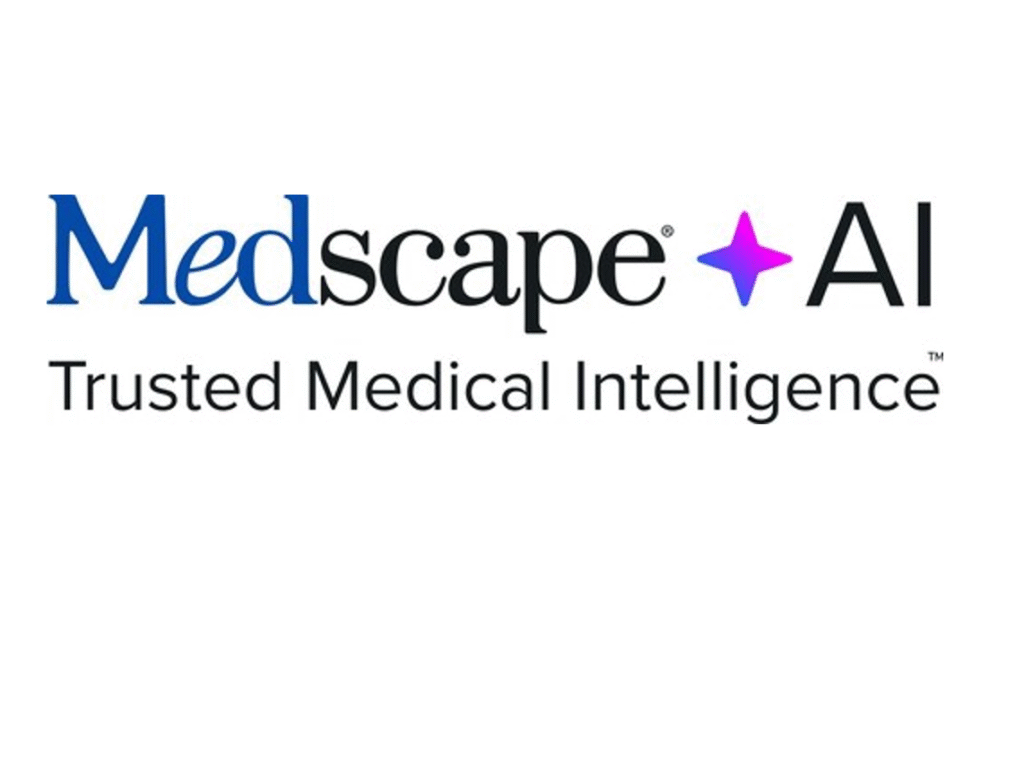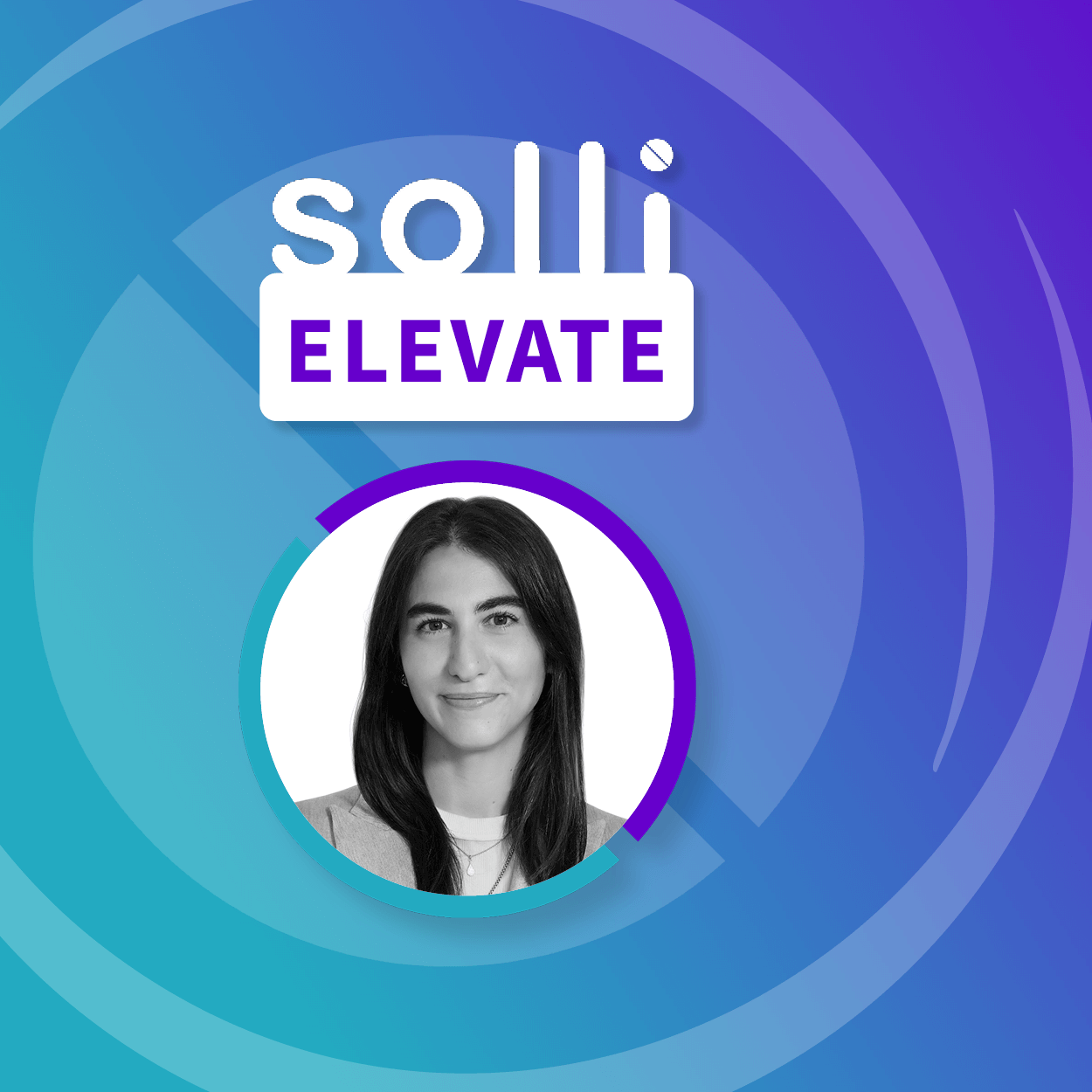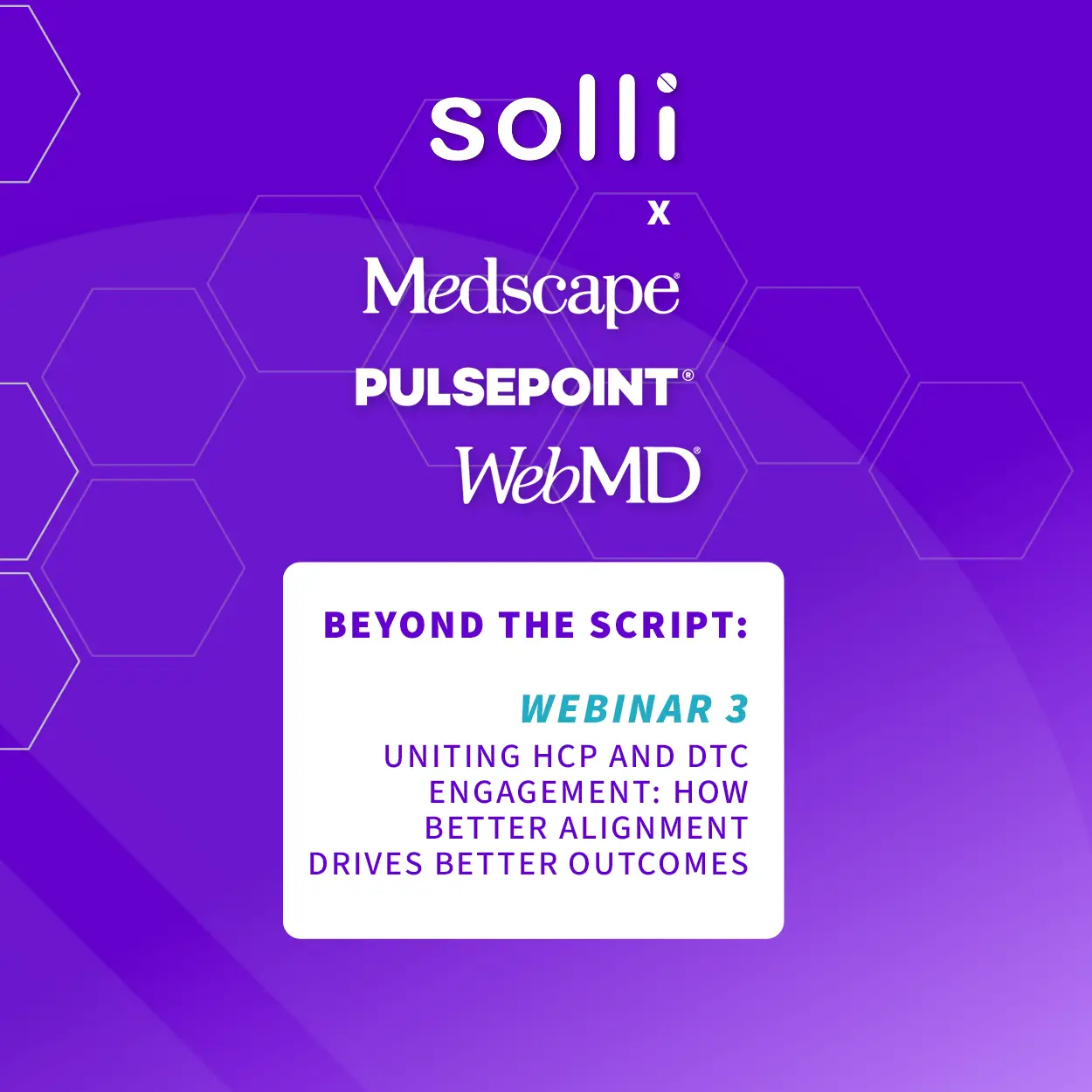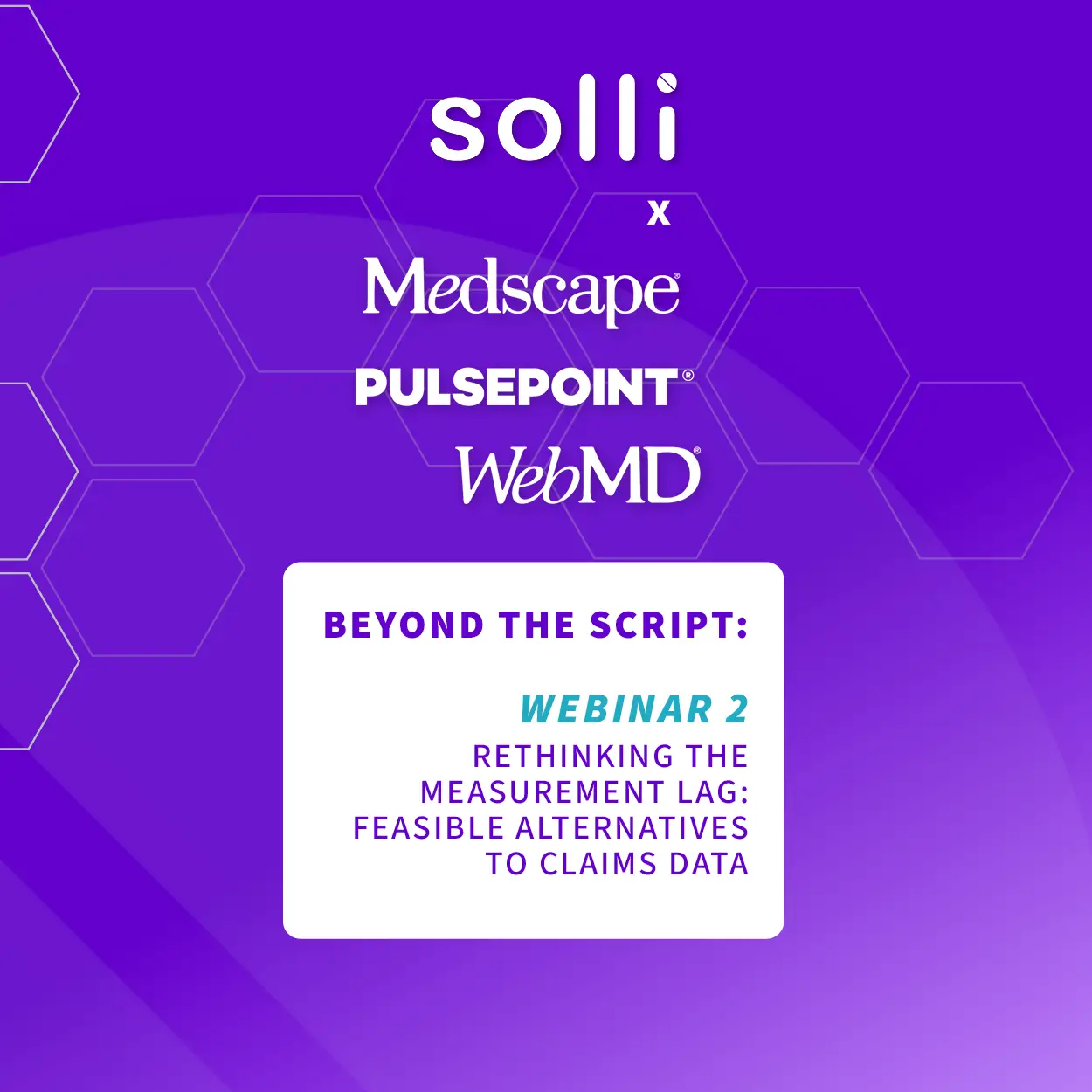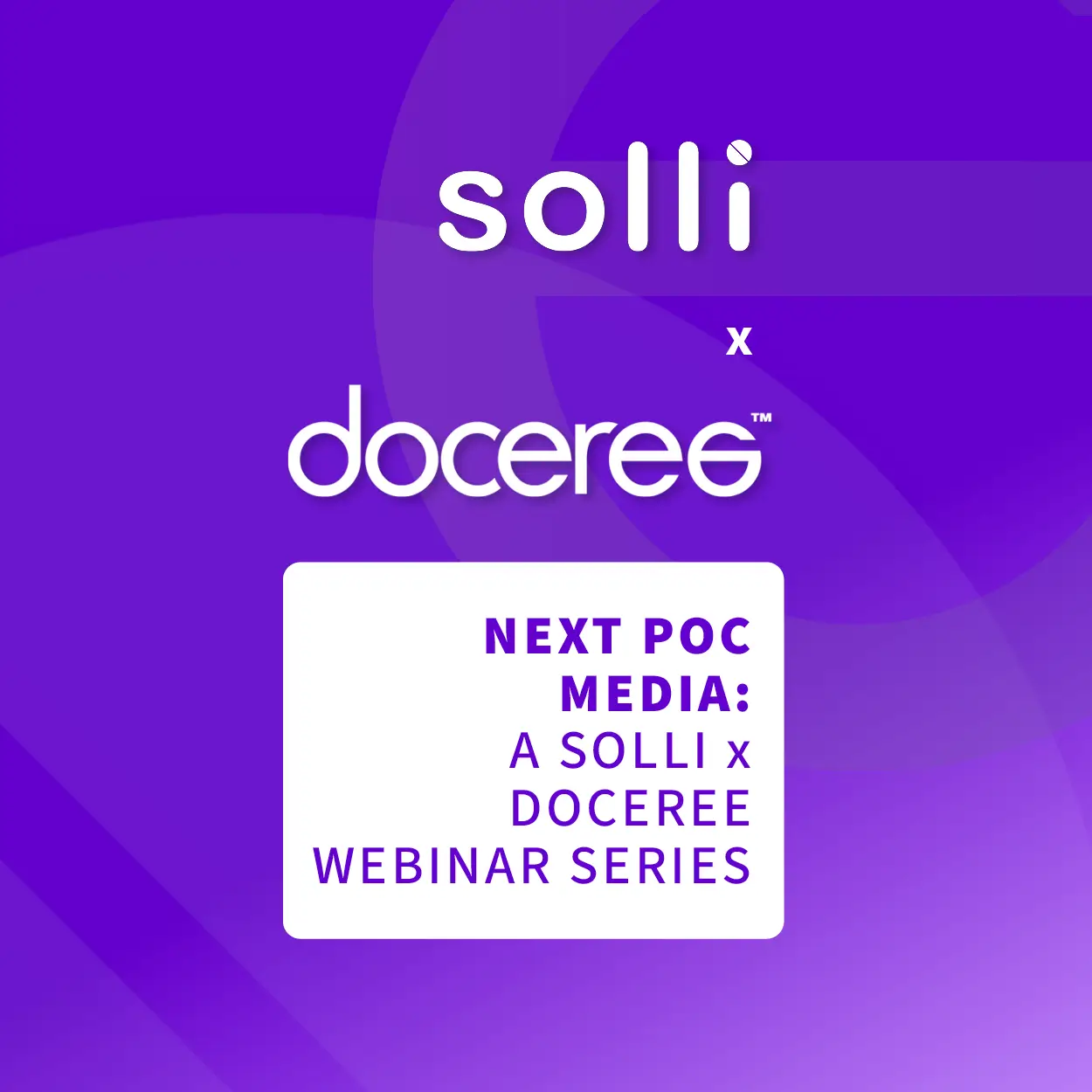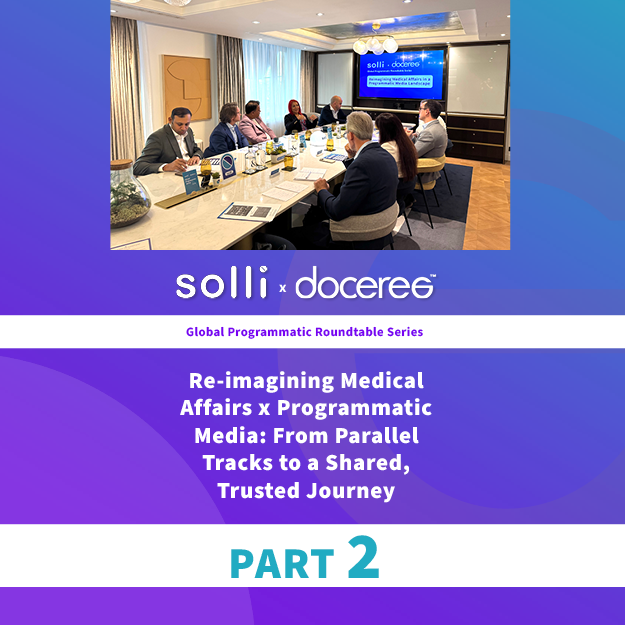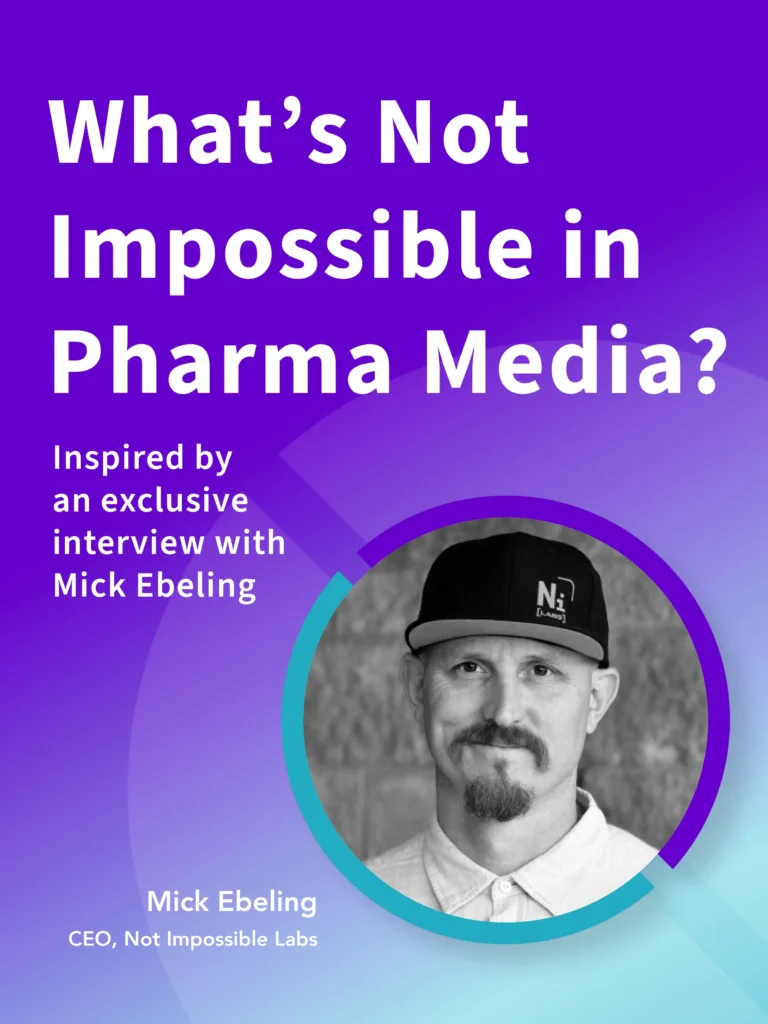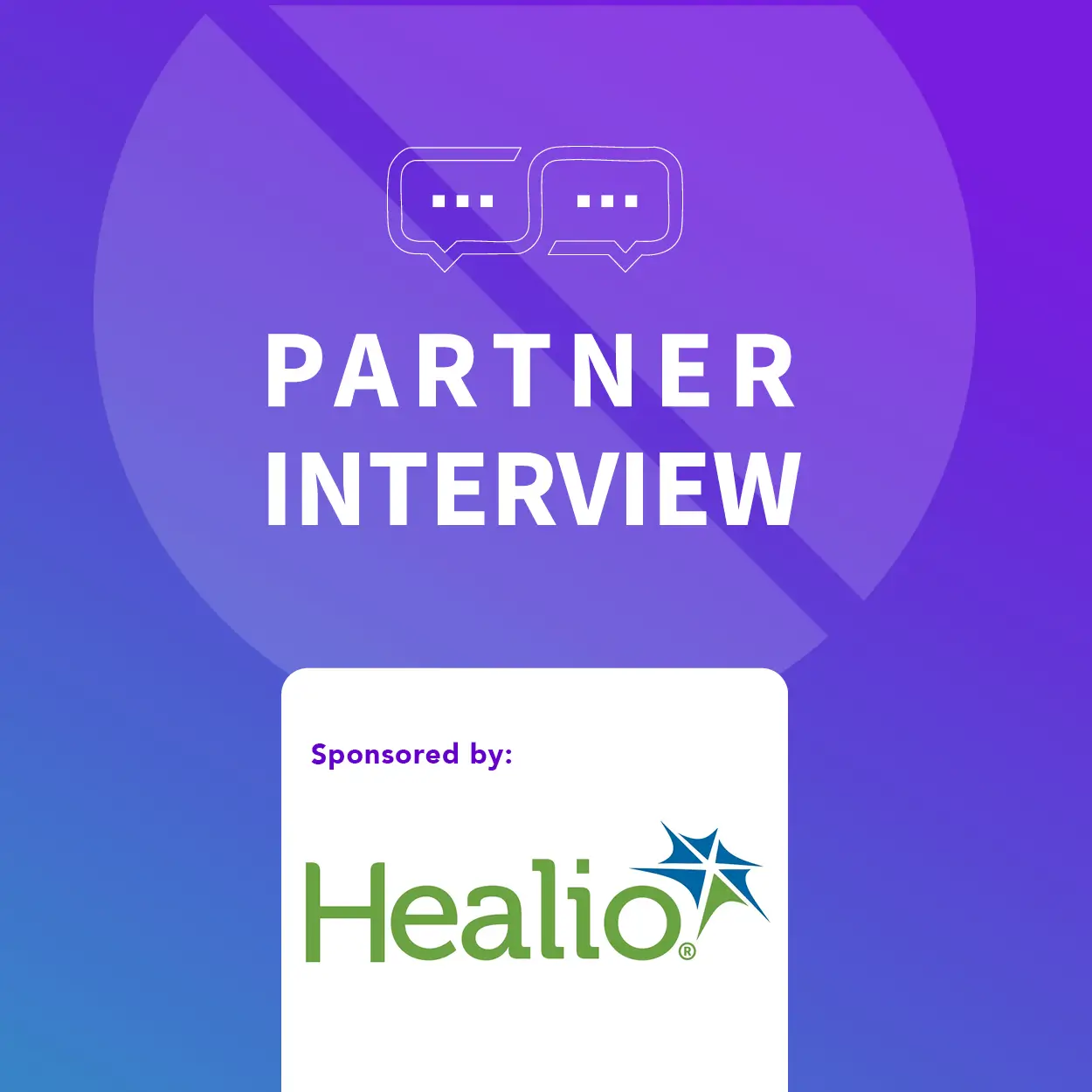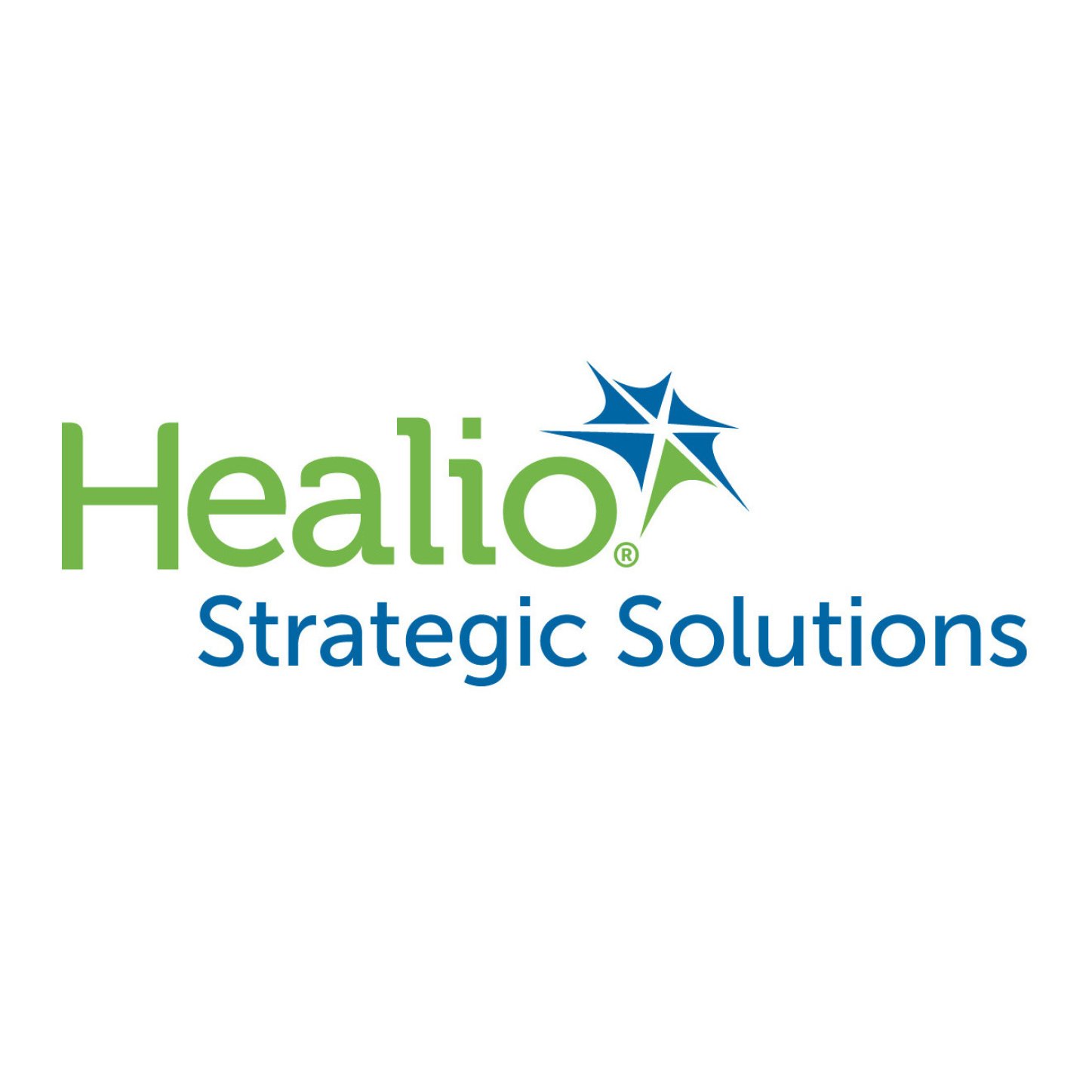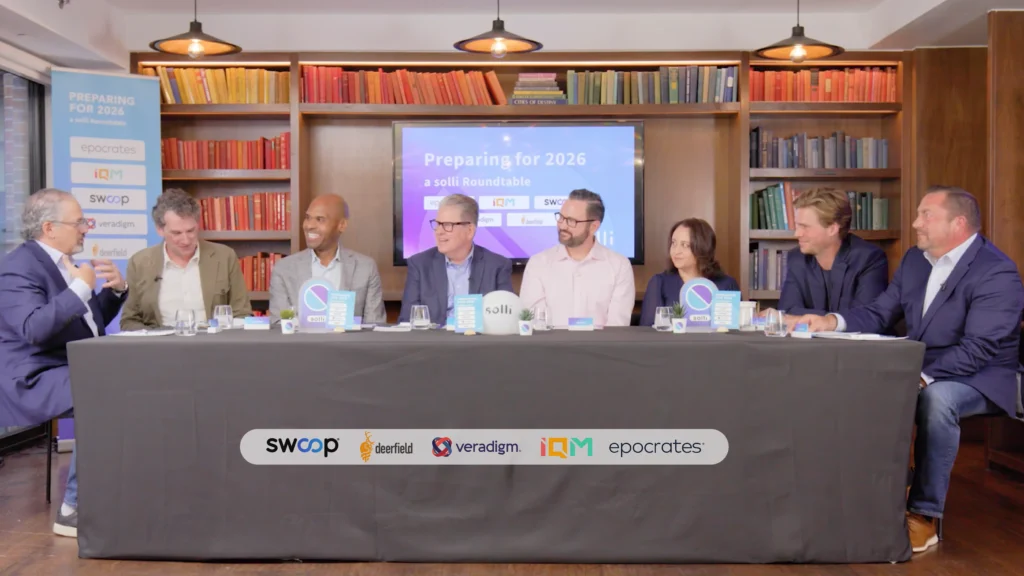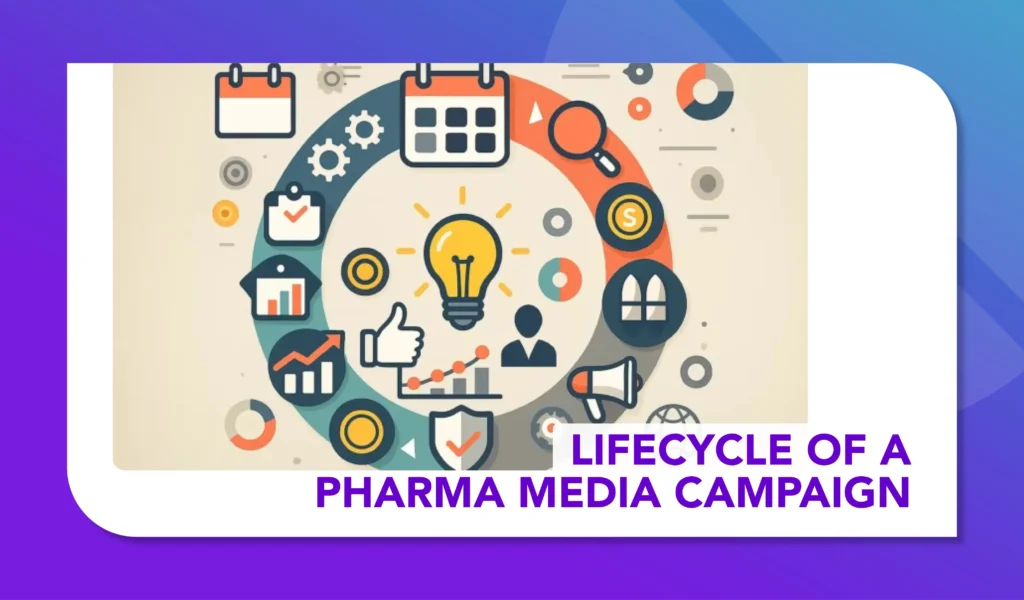Towards A Remedy for Pharma’s Signal Loss
How can intent provide a way forward through signal loss?

The trend of the year in advertising circles goes beyond the on/off imminent demise of the cookie. Instead, cookies are just one symptom of signal loss – a wider challenge facing us all.
IP addresses, SDKs, location, link decoration, fingerprinting – all are methods using people-based data and profiling. And all tactics facing disruption led by legislators, tech giants and the consumer.
Pharma is very much at the vanguard of this changing market. Whether it’s the FTC baring its teeth, fining Kochava among others. Or the prospect of increased scrutiny around consent, people-based data and profiling accompanying the increasing number of local state privacy laws.
Or even if it’s simply the public, expressing its displeasure with and opting out of being tracked: Nano’s own research found as many as 70% of the UK doing this on a weekly basis or more often. It stands to reason that industries with a particular duty of care around audience data will lead the way for new solutions.

Tipping Point for Identity
The same research also clarifies why all the fuss around cookie deprecation misses the bigger picture. Some advertisers and tech providers are busy with workarounds – identifiers which replicate the functionality of cookies, but if anything, are more intrusive.
In the case of email and mobile-based identifiers, if consumer opt outs follow the same pattern as cookies, they will be dead on arrival. Public opinion should be a central consideration for marketers, yet so often appears secondary to the threat of Google, Apple or indeed the FTC or similar interceding.
All of which brings us to the alternative. Methods which forego people-based datapoints, and don’t take the risk of profiling, or ‘following people’ around their daily lives. Intent-led targeting is one of these – combining estimated search terms used to reach a page, plus advanced contextual signals among others. The privacy benefits are clear. And alongside them, a growing body of proof around effectiveness.
Live Signals Versus Past Actions
There is also something fundamentally different about intent-based targeting versus classic audience methods. Intent is live and in the moment – understanding signals around content, context and search. As opposed to profiling, which is based on assumptions around actions made in the past. When you consider these inferences may be up to 30 days old, you may begin to wonder how such approaches weren’t questioned more in the past. ‘Junk inferences’, where profiling decision making is flawed, or even gamed by providers adding a user to multiple contradictory groups (male and female, employed and unemployed – the list goes on) for monetary gain, is increasingly in the news.
Making audience assumptions is detrimental to performance, but also risks stereotyping individuals. But there are alternative approaches out there. For example, focusing on page, content and search signals instead of people-based ones to reach audiences. Such targeting choices can also be checked and verified using well established methods such as panel research.
ID-Free, Intent-Led
Above all, the aim is for solutions that are future-proof in the face of local privacy legislation, which so far covers 19 states and a significant portion of the US population. Many other countries worldwide now also have their own interpretation of GDPR.
An ID-free intent-led approach is not just aimed at reducing the complexity and cost of navigating each of these, but maintaining targeting accuracy, without alienating consumers. Returning to the Tipping Point research, 49% of consumers said they would favour brands that reject using personal data for targeting.
A similar survey of a thousand strong patient panel, evenly divided between US and UK showed that 76% masked their personal data – an even higher proportion than the UK-wide population. More than half also said they typically reject optional cookies, or reject them all.
As if more evidence were needed, using people-based data and profiling to advertise in pharma is a risk. But more than that, it is already ineffective. Targeting based on live context and search signals allows us to tap into true audience intent. And reach people live and when they are most receptive to the message, as opposed to retargeting based on perceived actions in the past.
There’s no single solution that can replace all the functions of the cookie overnight. But some alternative solutions – including intent–led targeting – can already be even more effective. And some even point to a less invasive, consumer-centric future. The remedy for pharma’s signal loss is within our grasp.
This article was written by Ryan Lee, Nano Interactive.




